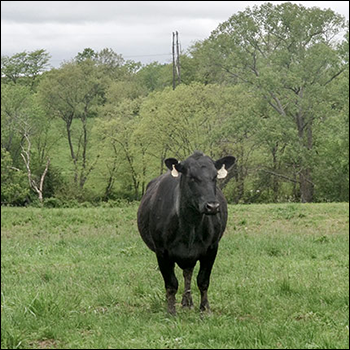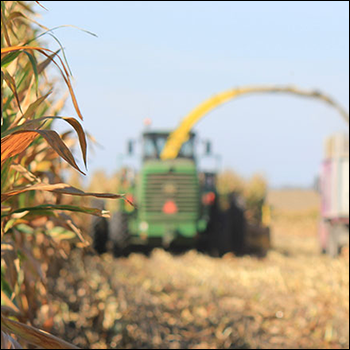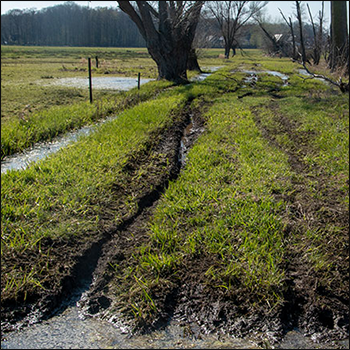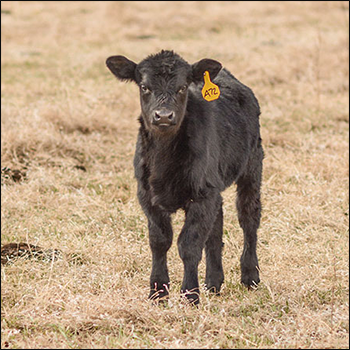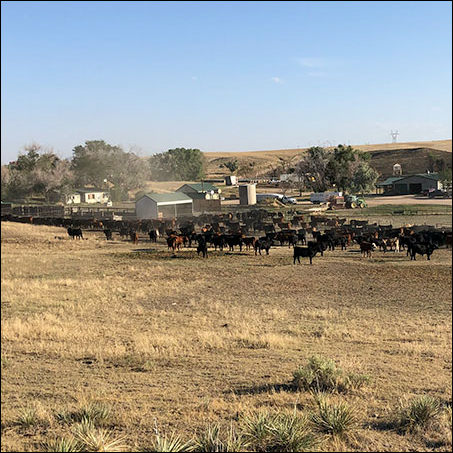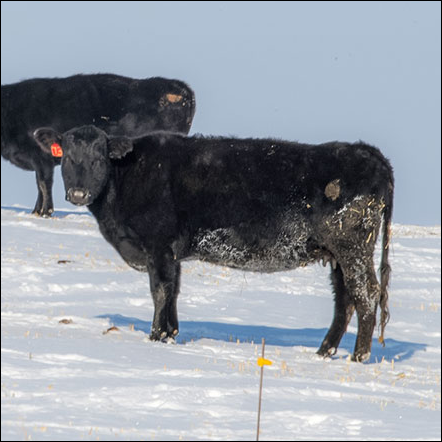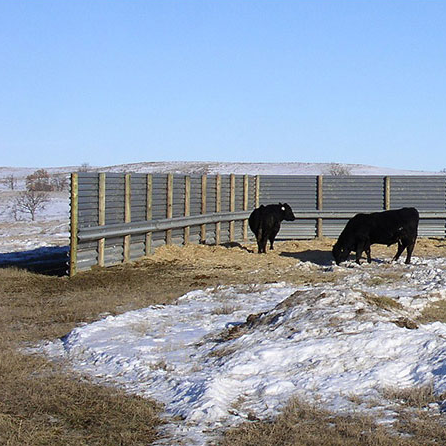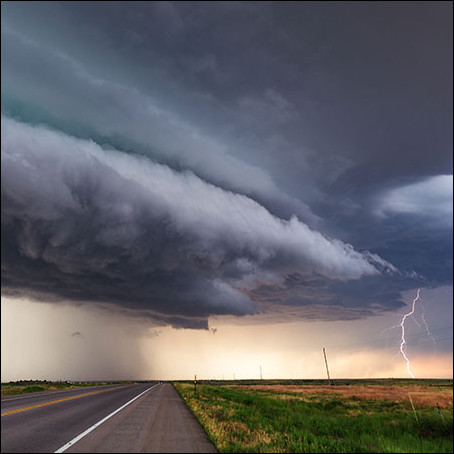
Managing Cow-calf Pairs with Excess Spring Moisture
Tips for feeding, calving during wet and muddy conditions.
Rain, snow and warming temperatures are making their way again as forecasts indicate another wet spring for the Northern Plains. However, after last year’s flooding we’re a little wiser as to how to tackle the predicted flooding. Last year’s flooding, blizzard conditions and excess snow wreaked havoc on livestock producers in South Dakota. While there is little one can do to stop the melting snow and rising waters, we can try to manage around the water by preparing alternative livestock and feeding areas.
First, take a look around the whole operation and find the highest ground possible. This could be a hay field, food plot or even tree belt areas. Temporary fencing may need to be used to make these areas work. If natural elevation is not available, creating temporary mounds in pastures or yards may be needed. Choose an area with the least water traffic, and build up mounds with either soil, manure, old bedding or broken hay bales.
Next, try to haul feed out of low areas to more accessible ground before water starts to rise and mud creates problems. While most of the ground is still frozen, use the frozen mornings to move hay out of lower areas before the warmth of the day sets in. Feeding cattle plenty of dry forages will help them maintain proper rumen function during stressful conditions. If forage is moist due to rain or snow, increase feeding amounts to adjust for higher moisture levels. Avoid offering grains to livestock that have been off feed, as digestive upset may occur with high-starch rations. Set up feeding areas as close to livestock as possible to limit transportation problems, and use temporary fence to portion off feed if needed.
Calving season is underway for many; therefore, providing care for younger livestock adds another level to mud management. Mud is the enemy of good health, and young babies may need new health care compared to other years. Visit with the local veterinarian to see if extra health products at birth may be worth giving calves. Stock up on extra supplies to care for these new babies, including colostrum replacers or supplements, milk replacers and bottles, towels, blankets, plenty of clean bedding, and wind protection just for calves. Stock trailers can be a place to keep calves out of the mud and elements temporarily. Also, creep gates and bale feeders can be used to make bedding areas for calves and keep cows out.
Mud can provide many challenges during calving season. It’s important that during a muddy spring we take action to provide the cow-calf pair adequate dry bedding to prevent cows from laying down and covering their udder and flank in mud. Another area where a cow can muddy her udder is around the bale feeder, especially if footing around the feeder is wet and muddy. Regularly moving the bale feeder to dry, clean ground helps minimize this issue. If moving the bale feeder is not an option, pack straw or other clean material around the feeder to keep it clean and dry.
Mud, along with manure, can harbor bacteria and other pathogens that pose a detriment to the young calf. Many times, this mixture of mud and manure leads to dirty udders. Calves use smell and scent to locate udder and teats. Excess mud buildup can hinder this process. As the calf struggles to find the teat and nuzzle the dirty flank, it puts itself at risk of ingesting pathogens found in the mud and manure mixture.
Calves that are born on muddy, wet ground are also at greater risk of navel illness, joint illness and scours. Calving on dry ground is always safer, as calves are less likely to pick up scour-causing bacteria. If the umbilical stump of the calf comes into contact with contaminated ground or bedding prior to drying and sealing off, it offers opportunity for bacteria to enter. If adequate dry bedding is in short supply or unavailable, applying an iodine or disinfectant several times until the cord is dried will help prevent potential navel infections. If the navel is left untreated, the infection can potentially enter the bloodstream and cause septicemia or affect the joints. Find more information on calving in the article “Preparing for Calving Season.”
Lastly, make sure a current inventory of all classes of livestock is available. If fences become washed out or cattle wander, informing locals on how many animals you need help finding is important. Also, if livestock losses need to be turned into the Livestock Indemnity Program (LIP), you will have an updated inventory on hand. Find more information on LIP in the article “Livestock Loss Assistance.”
Editor’s note: This article was written collaboratively by Taylor Grussing, former SDSU Extension cow-calf field specialist, and Olivia Amundson, SDSU Extension cow-calf field specialist.
